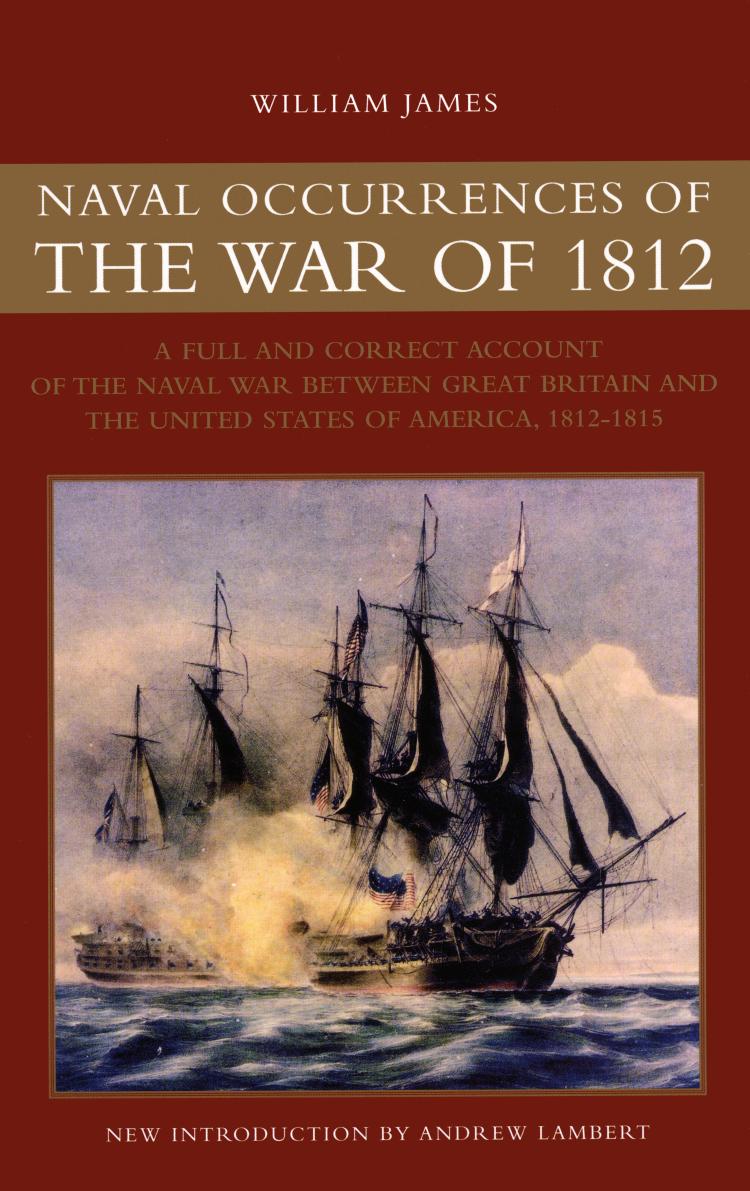

The symbol of Uncle Sam is still in widespread use both in the United States and around the world. government printed millions of these posters during World War I and used the image again during World War II. Army recruiting poster during World War I. One of the most famous depictions of Uncle Sam during this period was created by artist James Montgomery Flagg for a U.S. American cartoonist Thomas Nast cemented the image of Uncle Sam in his own drawings during the 1870s.īy the early 1900s, Uncle Sam had become known worldwide as a symbol for the United States. British cartoonists from Punch magazine were the first to fully develop the image of Uncle Sam as a tall, bearded, thin figure. Illustrations of Uncle Sam, typically with long, white hair and a white beard, dressed in top hat and a tail coat, began appearing shortly after the War of 1812. Over time, Uncle Sam became a synonym for United States. The barrels were stamped with the initials U.S., for United States, but many associated the initials with “Uncle Sam” Wilson. Though the origins of the name Uncle Sam are subject to some dispute, most historians believe that the name came from a New York merchant named Sam Wilson, known by his friends as “Uncle Sam.” Wilson supplied beef to American troops during the War of 1812.

Brother Jonathan was a heroic character often featured in American folk tales and cartoons. Yankee Doodle was a derogatory term the British used for colonial Americans during the Revolutionary War. The image of Uncle Sam is based on a combination of two earlier American characters: Yankee Doodle and Brother Jonathan.


 0 kommentar(er)
0 kommentar(er)
